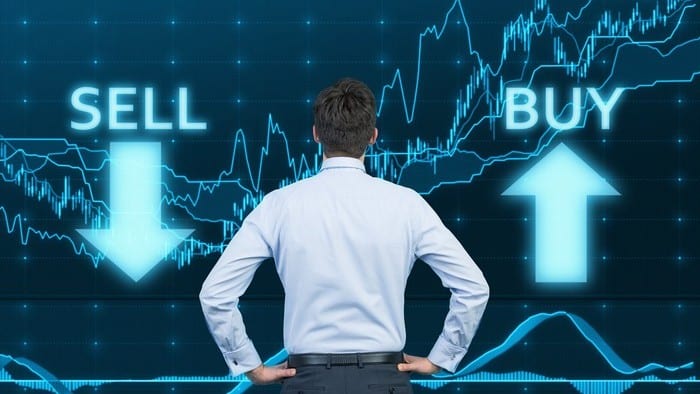Key points
- The ASX 200 has been incredibly volatile over 2022 so far
- ASX shares even entered into a technical correction at one point
- With many investors spooked, let's see how the great Warren Buffett invests in times like these…
As most investors would be all too aware of, the S&P/ASX 200 Index (ASX: XJO) has had an incredibly volatile start to 2022. Since the start of the year, the index remains down a nasty 6.86% as of today's pricing. However, at one point, the ASX 200 was down more than 10% from its last high that we saw back in August last year. That means it was officially a technical correction. Indeed, between 4 January and 27 January, the ASX 200 lost close to 10% alone.
When we have market volatility like this, not to mention the dreaded 'correction' term, it understandably causes some anxiety for many investors. No one enjoys watching the value of their share portfolio lose value in such a dramatic fashion. Especially over just a few weeks. Many investors use these opportunities to buy more shares, but many others do the opposite, sell out and try and wait for the bottom to buy back in.
So what's the best way to handle a market correction or crash? Should we buy or sell? To answer those questions, let's turn to the 'expert of experts' when it comes to investing, the legendary Warren Buffett. Mr Buffett is chair and CEO of Berkshire Hathaway Inc (NYSE: BRK.A)(NYSE: BRK.B). As well as its largest shareholder. His decades long stewardship of this investing conglomerate has netted shareholders some incredible gains. For some context, one Berkshire Hathaway Class A share cost US$7,100 in June of 1990. Today, those same shares are worth US$479,500.
Does Warren Buffett buy or sell in market crashes?
Luckily for us, Buffett has given investors many tips about when to buy and sell shares over the years. Let's look at a few sources by our Fool colleagues over in the US.
So for starters, Buffett calls periods of market panic (perhaps like we've just witnessed), opportunities. He once said that "Opportunities come infrequently. When it rains gold, put out the bucket, not the thimble". That should give you a strong start in understanding how Buffett views these things.
One of his most famous quotes is "be fearful when others are greedy, and greedy when others are fearful". Again, he is saying that it might be time to get the chequebook out when there is a lot of fear in a market.
Here's another famous quote from Buffett – "If you aren't willing to own a stock for ten years, don't even think about owning it for ten minutes."
This quote expands on that sentiment. Buffett once told investors the following:
The most common cause of low prices is pessimism – sometimes pervasive, sometimes specific to a company or industry. We want to do business in such an environment, not because we like pessimism but because we like the prices it produces. It's optimism that is the enemy of the rational buyer.
So we can say with relative certainty that Warren Buffett is not one to lean on the buying side when there are periods of fear in the market, such as a correction or crash. But that doesn't mean every share on the market automatically becomes a screaming bargain. The company has to be right too.
Our final quote illustrates this well: "Anyone can pick a winner in a bull market. Picking out winners in a declining market is where true greatness is found".









